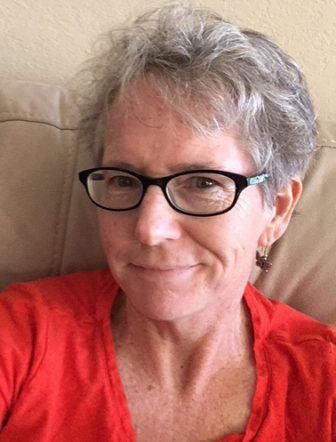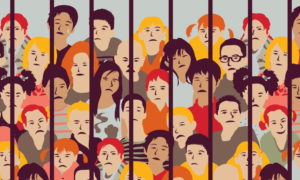
Protasov AN/Shutterstock
.
“I’m too busy to volunteer,” I mumble to myself, and I know I’ve given the stink-eye to those perpetually busy do-gooder women more than once.
The excuses buzz: I already do work that contributes; I have a chronic illness that makes me tired; I don’t have anything to offer; my job doesn’t pay enough, so it’s just like volunteering; I’ve already given my time over the years; I was a high school teacher and realized I don’t actually love children.
Why did I jump in, despite the deafening buzz?
The first person I met who used the term “restorative justice” was a former police officer and business owner named Dave. He immediately recognized the potential for restorative justice at a school where we both taught economically marginalized, “high-risk” students. One day, he explained the concept to me.
It’s not repentance, apology or repayment. The youth offender has the option — instead of going before a judge and most probably gaining a criminal record — to take positive action in line with her (or his) own values and talents. In that action, she creates a different image of who she is. Officially, she can petition to remove the arrest from her record when she turns 18.
The Community Justice Boards (CJB) were founded in 1998 by the Pima County Attorney’s Office, which believed that for “the system” to work, neighborhoods had to step up as partners. The boards primarily serve the city of Tucson, Ariz., although this successful model has reached other communities across the country.
The second time I encountered the concept of restorative justice, about a year later, it was now an official program, with a spokesperson at my workplace explaining to a small group what the Community Justice Boards are.
I learned that volunteers receive a half day of training and commit to completing a certain number of training hours within a year. All board members agree to do the work for at least one full year, averaging eight to 10 hours a month.
Great idea, I thought, remembering Dave’s eloquent words, and shelved it.
The board volunteers review cases for youth who have been caught in a criminal offense, usually their first time, and have chosen diversion to avoid a criminal record. The board assigns each youth a series of tasks, in line with their interests, that add to their own lives, or the lives of family or community members. Over the course of three months, the youth attends review meetings and reports on his progress.
Dozens of neighborhood boards — distributed across a metropolitan area of more than a million — are supported by fundraisers sponsored by a sister group called Neighbors for Justice, with additional money coming from county offices.

Jean Campbell
The third time I had a brush with the Pima County CJB program, I was sharing an elevator with a woman weighed down with pamphlets, ready to make the rounds with her projector and presentation. I asked for an elevator speech and got a great one and a business card.
As I interact with youth from elementary to high school, I see the tremendous power of giving kids a positive choice and watching them take it. In that moment of trying to do better, even with a barely noticeable gesture, the youth has chosen a side. The side they’ve taken is creative, active, collaborative and future-oriented.
The first choice they make is to go into a diversion program — an easy one, but still a choice. The next decision is to show up, take it seriously and complete the assignments. In turn, they choose to graduate. In short, they choose to face up to what they have done and try to fix it.
Practicing choice helps youth realize that their mistake was a choice, too.
We can all become victims of thinking we had no choice, that events overtook us, that we were powerless.
As I’ve observed the liberating effect of choice, I began to notice it closer to home. I slowly connected the dots of how I, too, had made a choice to volunteer for something I believed in, however small.
Volunteering with youth means making a choice and taking a side. Volunteering, I found out, also requires no expertise, no special experience and no application for sainthood.
Jean Campbell is a freelance writer with a former career as a researcher at University of Arizona and a high school teacher in Tucson. She writes on issues of community, social justice, crime and education.































